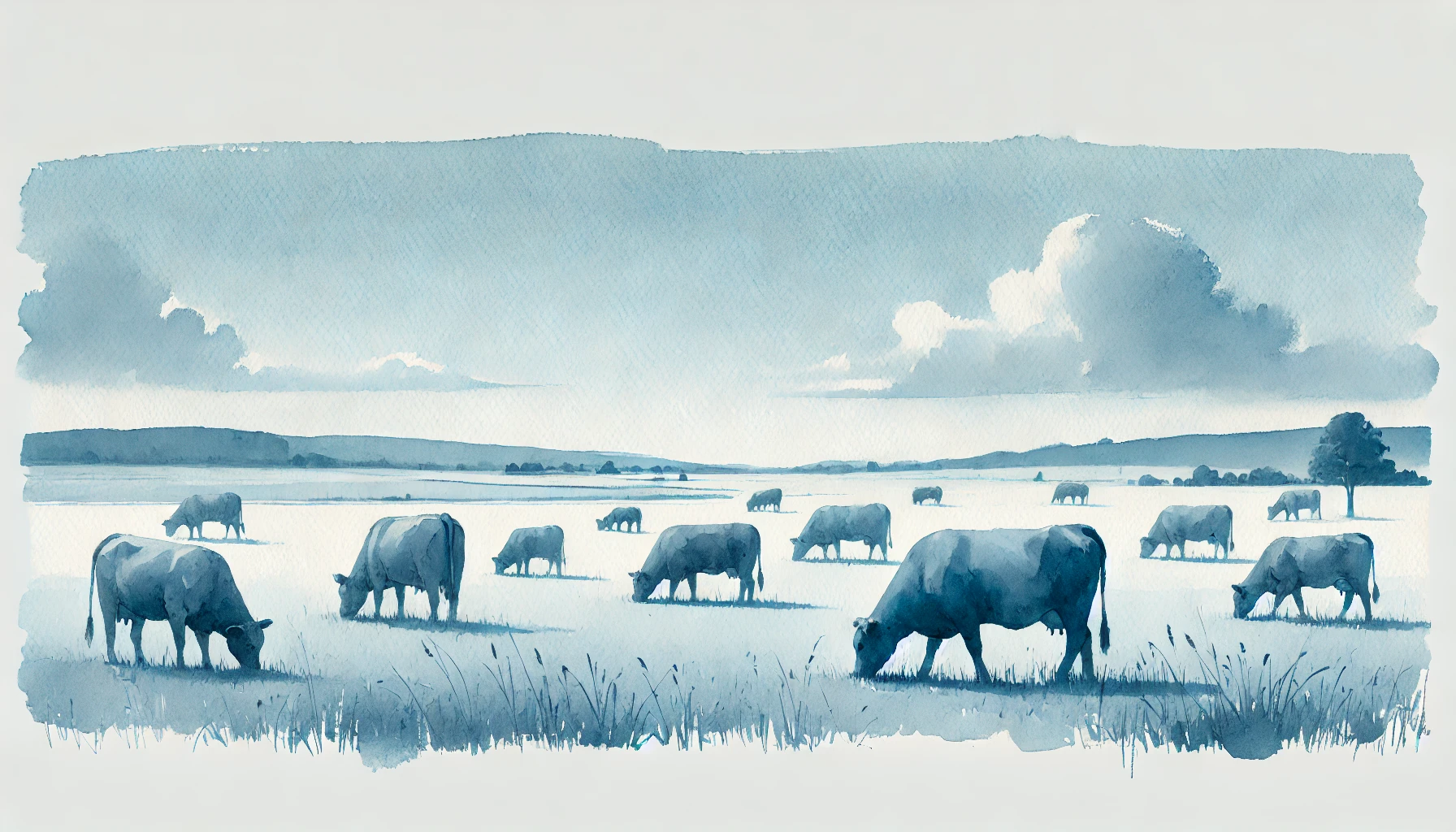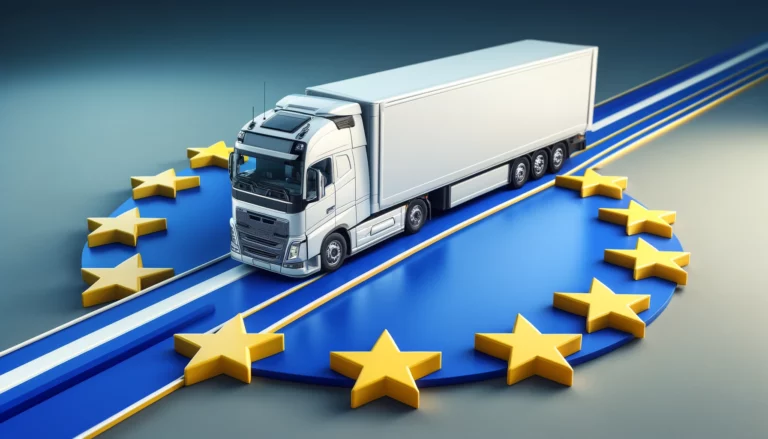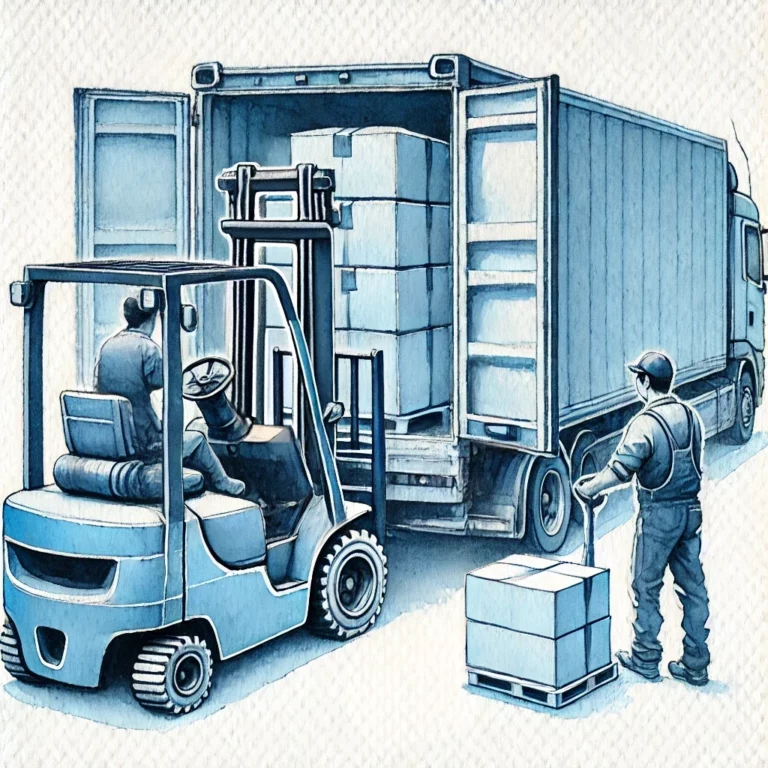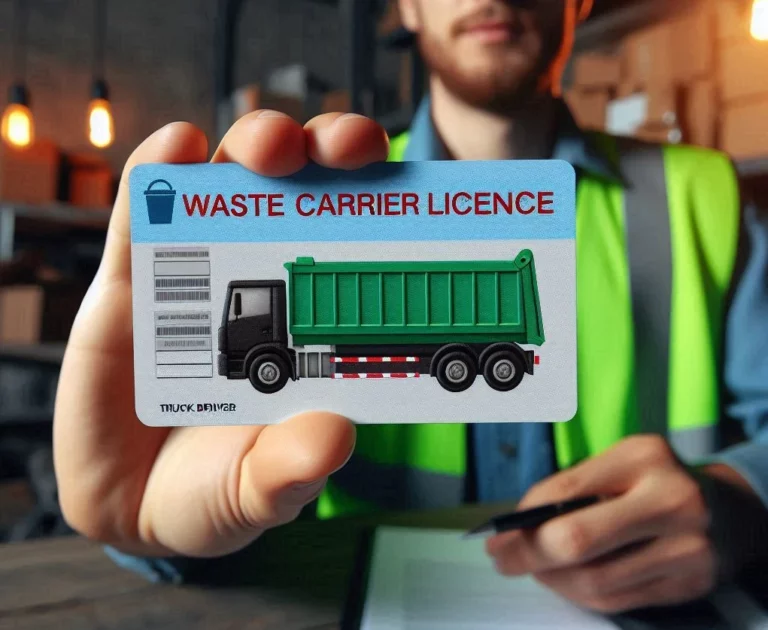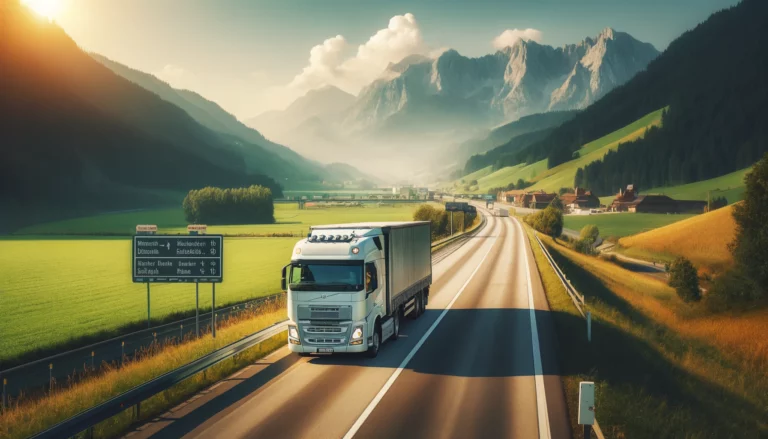Surge in EU livestock production signals growing demand for animal by-products transport
Recent Eurostat forecasts show a significant increase in EU livestock production, especially in bovine and poultry. While this supports the agricultural economy, it also raises logistical demands. More livestock means more animal by-products—materials like offal, bones, and feathers. These by-products require careful transport. As a result, demand is rising for certified carriers trained in proper handling and compliance with EU rules.
Do you need help with ABP transport permit? Contact us:
e.nadolna@ekologistyka24.pl, +48 881 045 376
j.blazewicz@ekologistyka24.pl, +48 500 867 153
Bovine production on the rise across Europe
Eurostat’s latest forecast highlights a 0.5% rise in bovine animal production in the EU for the second half of 2025. Production will grow to 12.0 million head, compared to 11.9 million during the same period in 2024. This reverses the previous downward trend and signals new momentum in the sector.
Ireland expects the strongest growth with a 7.5% rise, reaching 1.1 million head. Denmark and Italy each anticipate a 2.5% increase. Poland and the Netherlands project smaller increases of around 1.0%. Germany remains stable at 2.9 million head, making it the EU’s largest bovine producer.
Higher production leads to more animal by-products. These include hides, offal, and meat unfit for consumption. Each of these materials must be transported under strict EU and national guidelines. Carriers must ensure proper categorization, traceability, and delivery to approved processing sites.
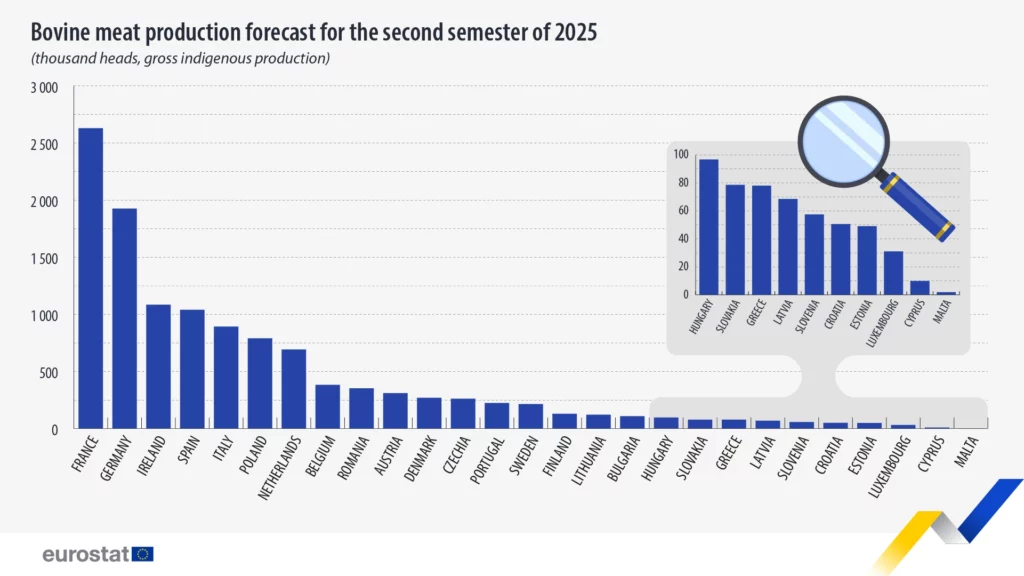
Source: Eurostat, Bovine meat production forecast for the second semester of 2025.
https://ec.europa.eu/eurostat
Used under the Creative Commons Attribution 4.0 International (CC BY 4.0) license.
Poland leads Europe’s poultry boom
Poultry production continues to grow across Europe. In 2023, EU countries produced 13.3 million tonnes of poultry meat. That’s a 2.3% increase from 2022. Poland leads the EU, accounting for 20.6% of the total. The country produced 2.7 million tonnes of poultry meat in 2023.
Other leading producers include France (1.8 million tonnes), Spain (1.7 million tonnes), and Germany (1.5 million tonnes). Poland’s growth comes from several advantages. These include competitive feed prices, export strength, and improved productivity.
As written in the report published on euromeatnews.com,
Poultry meat production in the EU is expected to increase by 0.5% annually until 2035, boosted by its lower environmental impact and its perception as a healthy and affordable option. Exports are also expected to grow by 0.8% annually, with key markets including the UK, sub-Saharan Africa and some Asian countries. Demand for poultry meat in the EU will remain stable, but with a progressive shift towards products with animal welfare and sustainability certifications.
Animal by-products transport – implications and opportunities
Rising livestock numbers mean more animal by-products on the move. This growth opens new opportunities for transporters. However, only qualified and compliant carriers can benefit.
Companies must meet specific legal requirements. First, they must register with their national animal by-product authorities. Second, they must join the EU’s TRACES system. It tracks all movements of animals and related products across the EU.
Transport vehicles must be properly equipped. They need sealed containers, leak-proof floors, and washable interiors. Some loads also require refrigeration. Drivers and handlers must follow strict hygiene protocols. They should know how to prevent contamination and respond to spills.
Production increases in countries like Poland and Ireland demand strong transport support. Local and cross-border logistics firms must step up. Those who invest in training and equipment will secure more contracts.
Outlook for the animal by-products transport industry
The EU livestock sector is deffinitely expanding. This change boosts the need for animal by-product transport. But success will favor companies that meet regulations and act quickly.
Future trends will also reward innovation. Carriers who adopt eco-friendly practices and digital tracking will stand out. Customers and regulators alike value transparency and sustainability.
Now is the time to act. Transporters must upgrade their services and stay informed. Those who do will thrive in a growing and demanding market.

